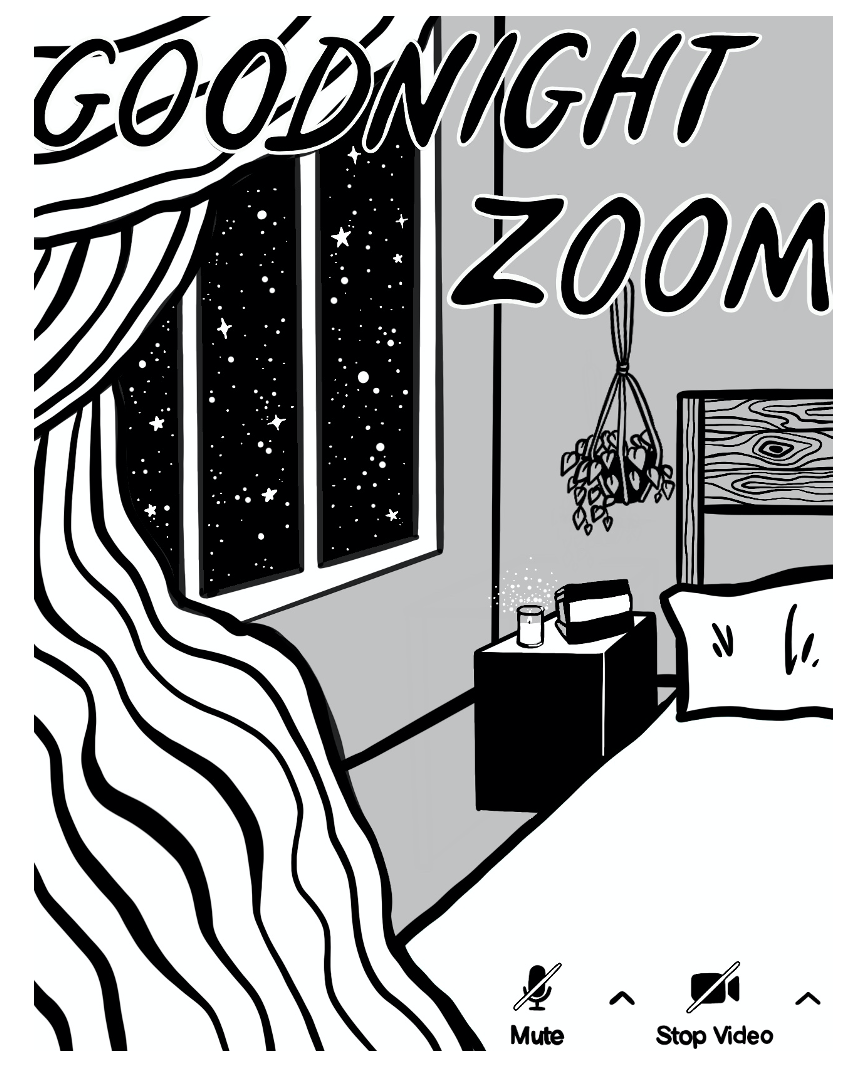Paper-making with Adolescents
- Drexel ATC

- Dec 3, 2020
- 2 min read
CATX 631 Art Journals: Claire Picard
Week 2: Paper-making
Population: Adolescents
Disorder: Feeding and Eating Disorders
I made paper using two different methods. For my first round of paper-making, I ripped up various papers into small pieces by hand and let them soak in water overnight. The next morning I continued to rip up the pulp by hand, creating a very rich sensory experience. For the second method of making pulp, I used ripped paper and water in a small blender. This created a much smoother pulp and there was less interaction with the material. However, I ran into trouble when it came to pulling the paper. I had a screen and various molds to create paper with, but unfortunately after pressing the pulp with towels to extract moisture, the paper became stuck to the mold or the screen, requiring me to scrape it off and disrupting the neat shape of the mold. This inability to create neat paper sheets caused me a great deal of frustration and I rushed through the completion of the process. The resulting paper was very thick, dirty, and rough to touch. It was a media experience that significantly clashed with my personality and artistic preferences, inducing a great deal of anxiety over the imperfect process and result. However, after taking some time to reflect on the process I have come to appreciate the potential that lies in the act of paper-making.
I have elected to use this process to treat adolescents experiencing feeding and eating disorders. Common risk factors for eating disorders include perfectionism, high personal standards, the pursuit of high standards and goals, and self-critical evaluative concerns (Wade et al., 2015, p. 56). Paper-making allows for a contained space where these risk factors can be challenged safely. Mattot & Miller, (2020) suggest that paper-making practices can lead to “empowerment and inner awareness through a process of transformative change of letting go and reconstruction of self, emotions, experiences, and memories” (p. 313). The experience of taking past fibers (potentially old journals/notes or clothing) could present as an opportunity to transform the ‘not good enough’ past through a highly structured and controlled media process. “By accepting and honoring the broken fibers of our being we rediscover our sacred wholeness” (Mattot & Miller, 2020, p. 315).
My experience with paper-making has led to my understanding that if not prepared and well-equipped, the unpredictability can be incredibly triggering and frustrating. With this knowledge at hand, I would prepare for the group to great detail, ensuring we have the proper equipment and materials to ensure control over the process and result, with room for transformative error.
Mattot, D. & Miller, G. (2020). Papermaking. In Crawford, P., Brown, B., & Charise, A. Editors, (Eds.), The Routledge Companion to the Health Humanities (pp. 311-315). Routledge.
Wade, T., Wilksch, S., Paxton, S., Byrne, S., & Austin, S. (2015). How perfectionism and ineffectiveness influence growth of eating disorder risk in young adolescent girls. Behaviour Research and Therapy, 66, 56–63. https://doi.org/10.1016/j.brat.2015.01.007




Comments